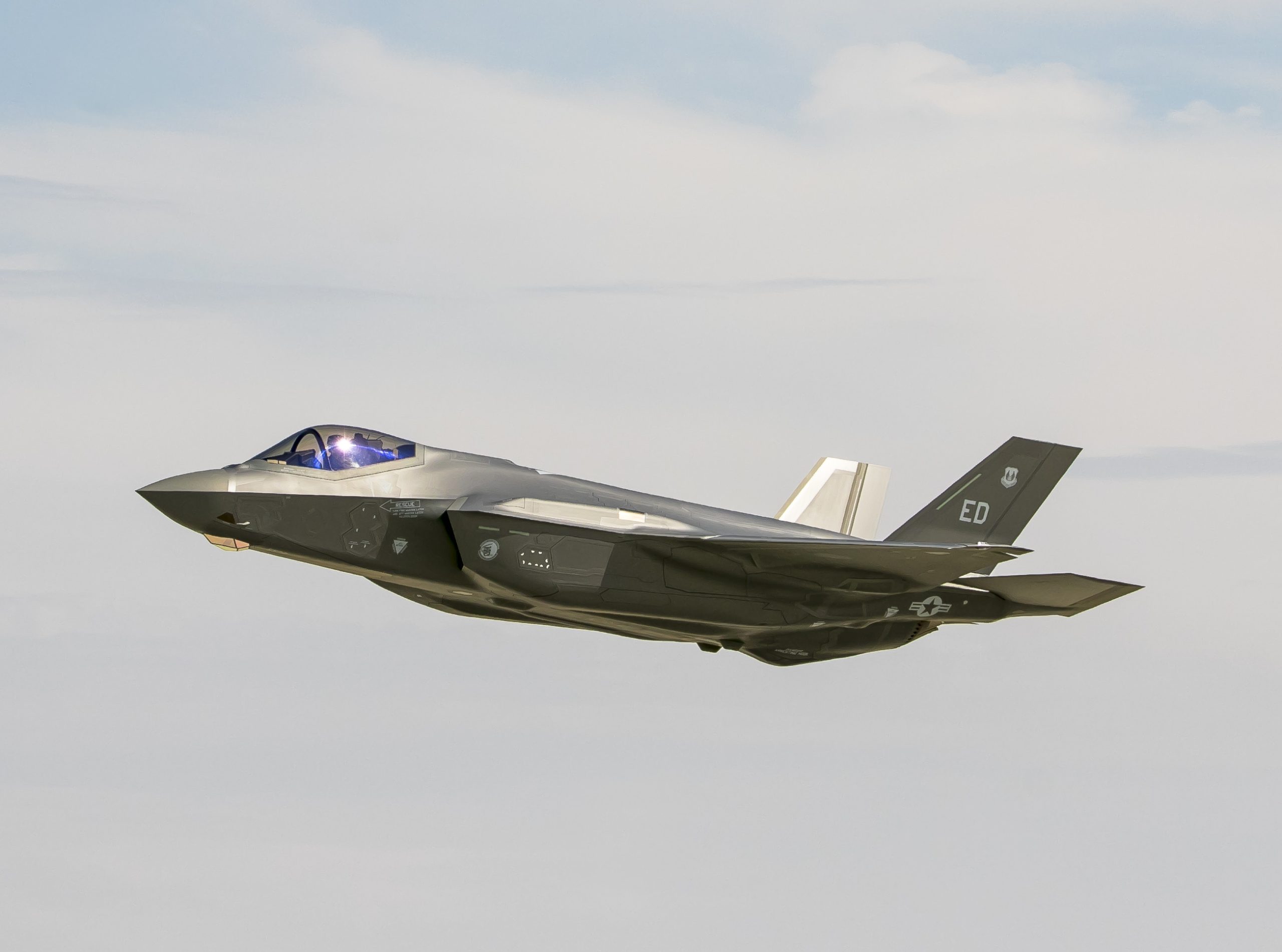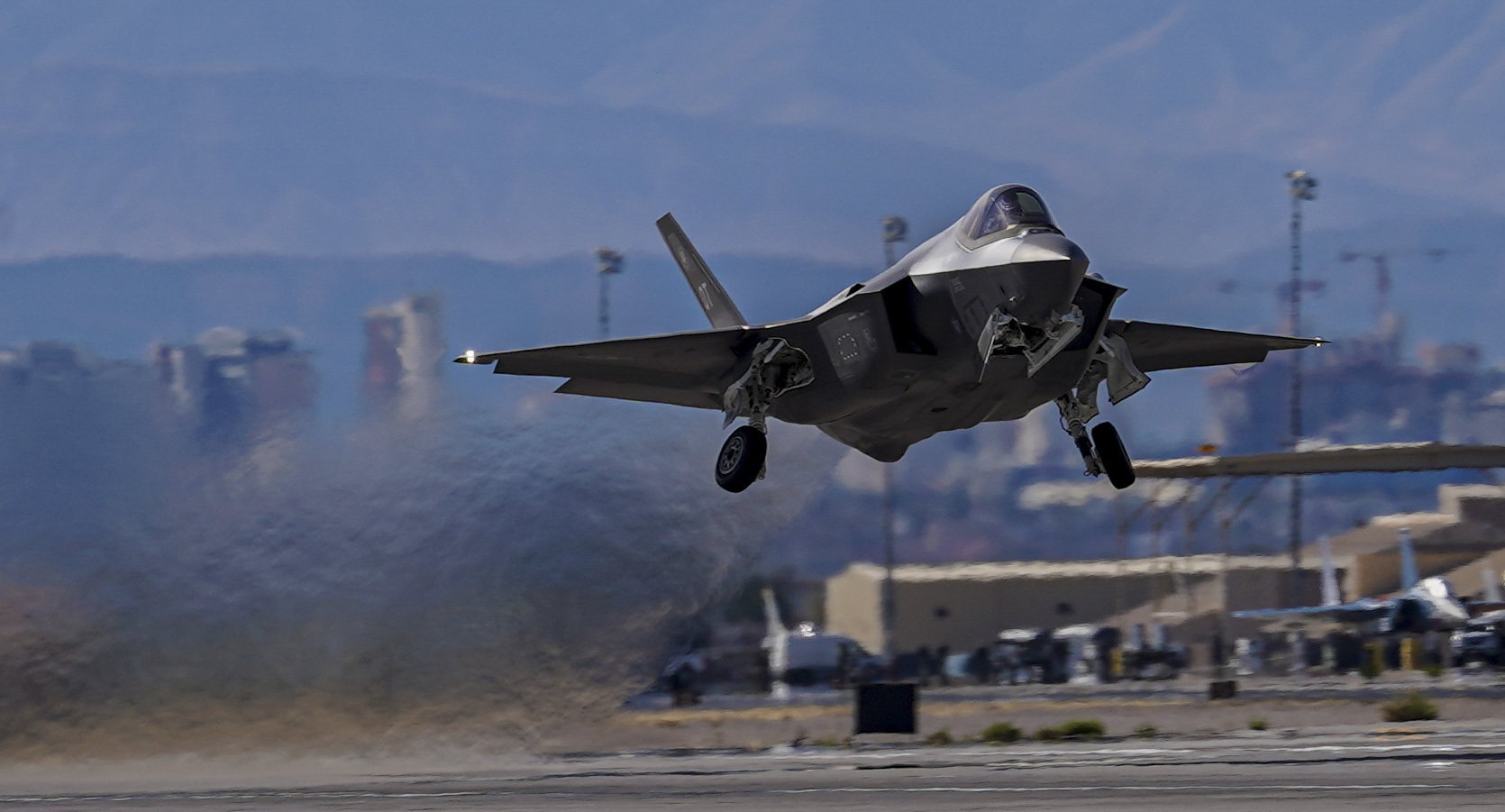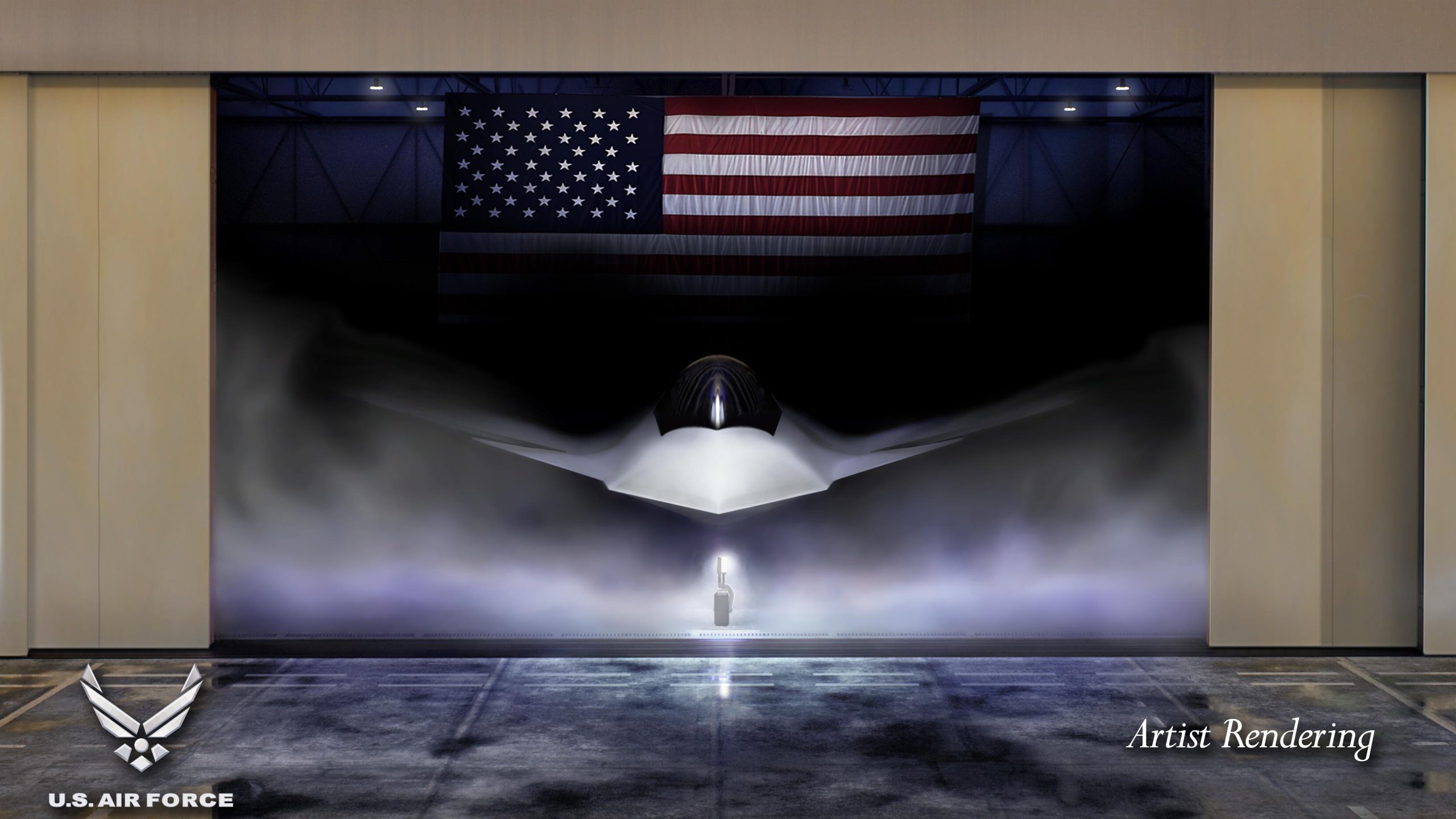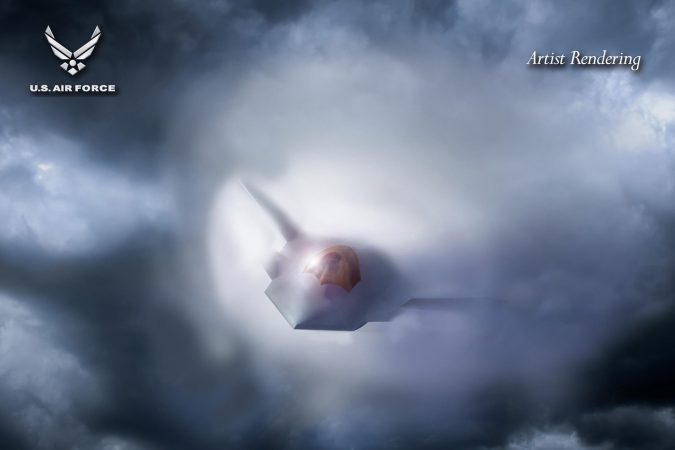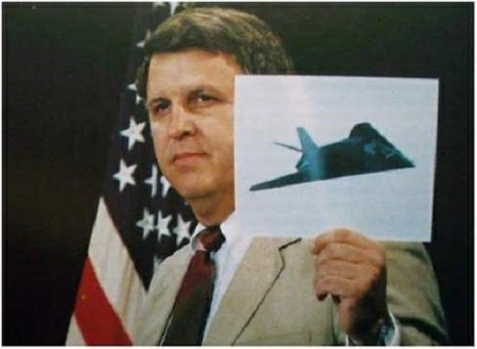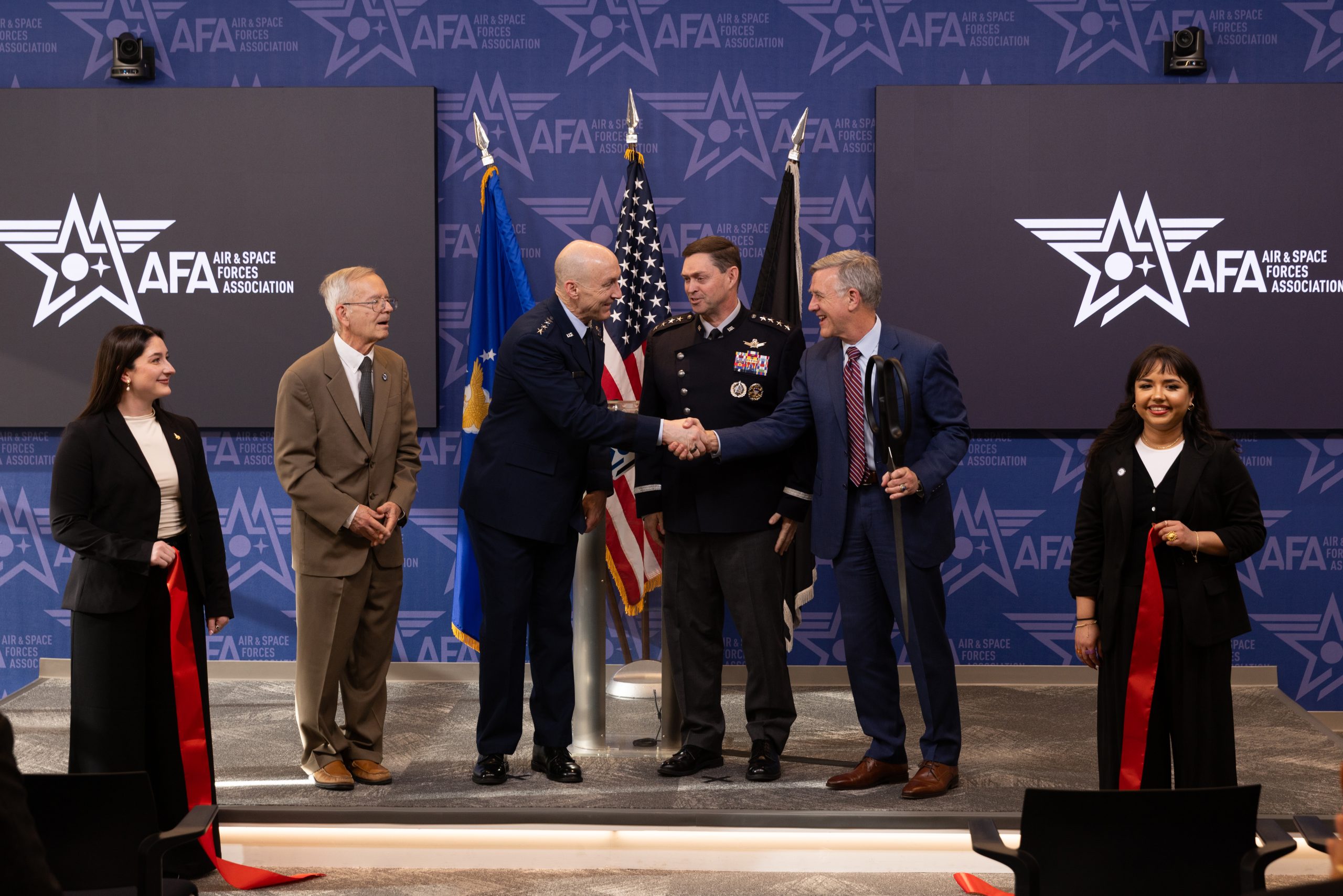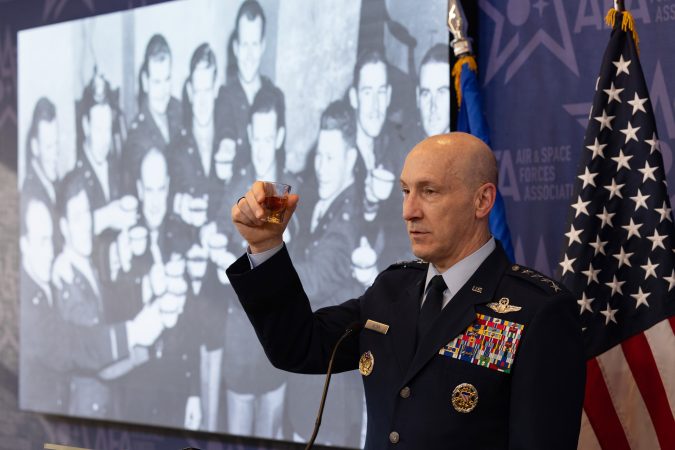Lockheed Martin will not protest the Air Force’s selection of Boeing for the Next-Generation Air Dominance fighter contract, company president and CEO Jim Taiclet said April 22, explaining that the company now hopes to insert the technology it developed for NGAD into its fifth-generation F-35 and F-22 fighters.
“We are not going to protest the NGAD decision of the U.S. government,” Taiclet said on a company earnings call.
“We did get a classified debrief” from the Air Force on the decision, “and we are taking that feedback internally,” he added, saying that “we are moving forward and moving out on applying all the technologies that we developed for our NGAD bid” into the technology base for the F-35 and F-22.
“I feel that we can have 80 percent of the capability” of an NGAD fighter “potentially, at 50 percent of the cost per unit aircraft, by taking the F-35 chassis and applying numerous advanced technologies, some of which are already in process” in the F-35 Block 4 upgrade, Taiclet said, adding that Lockheed hoped to offer those upgrades “fairly quickly.”
The resulting “supercharged” F-35 will be “kind of a fifth-generation-plus concept for the F-35,” he said, also describing it as transforming the “F-35 chassis … into a Ferrari.”
Taiclet said that the F-35 fleet worldwide numbers about 1,100 aircraft and is expected to reach 3,500 eventually. Company chief financial officer Evan Scott said that Lockheed will deliver between 170 and 190 F-35s in 2025, and that there is a backlog of 350 of the jets.
“There will be 3,500 of those chassis out there, at various stages of technology and capability. We think we can get most of the way to sixth-gen at half the cost,” Scott said.
The cost of the F-35 for the last negotiated lots was about $90 million per aircraft for the F-35A version used by the Air Force, but the Joint Program Office has not yet disclosed the unit cost under Lots 18 and 19. The two sides have reached a “handshake agreement” on the lots but not finalized a contract. Both the JPO and Lockheed have warned that unit costs will be higher because of inflation and the greater capabilities inherent to the coming lots of airplanes.
The exact cost of NGAD is still unclear, but officials have previously suggested it could be “hundreds of millions of dollars” per airplane. If so, that would mean future “Ferrari” versions of the F-35 could cost $150 million per copy or so.
Taiclet said he would expect the resulting airplane to be exportable, but that, for now, the government may choose to export those additional capabilities on a case-by-case basis. The design work going into the upgrades is being done with an eye toward exportability, he added.
Taiclet singled out work Lockheed has done to provide long-range passive infrared target detection and tracking to the F-22 and NGAD—as well as long-range missile work—as among the prime technologies that could be ported to the F-35.
Taiclet did not elaborate on the internal decision not to protest the NGAD award, which had a potential value of $20 billion over the next five years and potentially another $40 billion in production. However, he emphasized that Lockheed’s missile capabilities for the so-called “Golden Dome” missile defense program are uniquely suited to the effort and in production now, suggesting a large infusion of business in that area to compensate for not receiving the NGAD nod.
Had Lockheed protested the award, the Government Accountability Office would have had 100 calendar days to review the competition and determine whether the Air Force had fairly selected Boeing over Lockheed. That effort can now go forward without further delay.
With the loss of NGAD, and having already been eliminated from the Navy’s F/A-XX effort and the first increment of the Air Force’s Collaborative Combat Aircraft program, Lockheed is—for now—locked out of all publicly acknowledged advanced aircraft programs.
However, former Air Force acquisition executive Andrew Hunter said on a recent podcast that NGAD is not structured to give one company a monopoly on advanced fighter work.
Hunter said the award to Boeing was for “‘Increment 1’ of NGAD, right? With the concept being that there will be future increments. And so it was designed not to be this ‘all or nothing,’ ‘hey, if you don’t win this, you’re out for the next three decades’ competition. It was designed to be something that … if you win, you have an order for 100, roughly, aircraft, but there’ll be other orders coming down the pike, and so you stay in the game.”
The concept for the CCA program is similar; companies not selected for Increment 1 are competing for Increment 2, though the Air Force has not said yet what exactly it’s looking for in that increment.
The NGAD award to Boeing was announced by President Donald Trump at the White House on March 21. The dollar value of the engineering and manufacturing development contract was not disclosed due to secrecy concerns, but the service later said Boeing had offered the “best overall value” on the project.
Hunter and former Air Force Secretary Frank Kendall, also on the podcast, said that Lockheed and Boeing’s proposals for NGAD were technically “close,” which might have given Lockheed grounds for a protest on other considerations, such as cost and prior performance. While Hunter said Boeing’s approach was “more creative,” Kendall said that “Lockheed could have won this.”
